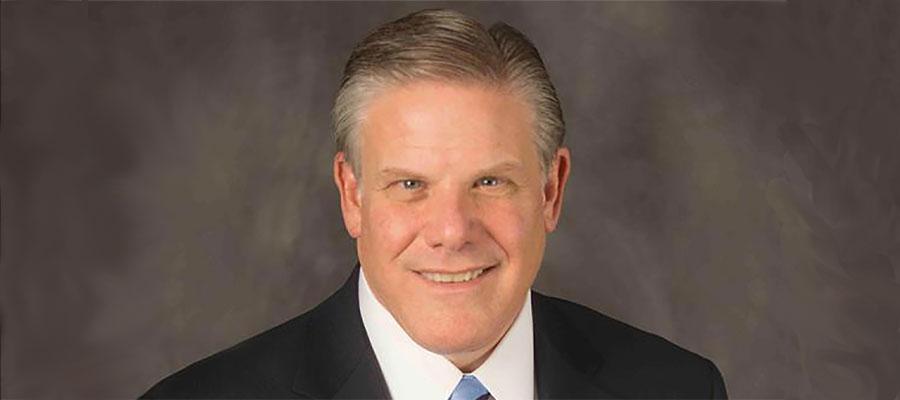Perspective: Investing in infrastructure can advance health in America

Rebuilding and enhancing our nation’s infrastructure was front and center this week when President Trump and Democratic congressional leaders met at the White House to chart a path forward.
They agreed the country needs to invest $2 trillion in our future … but the specifics of what that will include are still to be decided. As Congress and the administration work together to flesh out a plan, America’s hospitals and health systems are offering important recommendations for ways that infrastructure investments can lead to better health for rural and urban areas and everywhere in between.
The reality: Infrastructure isn’t just bridges and roads — it’s broadband internet and digital technology … it’s being prepared to treat high volumes of patients and save lives when disaster strikes … and it’s making sure hospitals and health systems are there to care for every community. Here’s how the final package could advance health.
First, by expanding the digital infrastructure for health care. This means completing our broadband network so every American has access to high-speed internet, which would support the expansion and widespread use of telehealth care, electronic health records and imaging tools. This also means reinforcing cybersecurity defenses to head off attacks that could compromise sensitive data such as patients’ health records.
Second, by building capacity for emergency preparedness and response. Hospitals are on the front lines when the worst happens — that’s why Congress created the Hospital Preparedness Program. Since 2002, this program has provided critical funding and other resources to aid hospitals’ planning and response. This includes improved state and local infrastructures and public-private partnerships that help hospitals and health systems handle patient surges. But this funding hasn’t kept pace with the ever-changing and growing threats facing our communities. Congress should fund the HPP at no less than $515 million annually so we’re ready to respond in times of crisis.
Third, by helping hospitals right-size to meet the needs of their communities. The field is transforming like never before, and many hospitals serving vulnerable communities — particularly in rural and inner city urban areas — are fighting to survive so they can ensure access to necessary health services for the patients they serve. Congress should help ensure vulnerable communities are able to maintain access to essential health care services by providing funding for facilities that restructure their buildings and the services they offer to match community needs.
Additional funding could go to supporting new models of care that reduce costs and improve outcomes … building out and strengthening the field’s pipeline for a well-trained and nimble workforce that has the skills to integrate technology and data to match the future pace of health care innovation … and helping address the opioid crisis by further expanding prescription drug monitoring programs. PDMPs prevent over-prescribing and doctor-shopping, and to make them more effective, they need to be fully integrated with electronic health records and the country needs to build capabilities to share data across state lines.
Investing in our country’s health infrastructure is the right move to make. America’s hospitals and health systems are glad to see President Trump and Congress working together on these vital investments in America’s future. As they develop their plan, we encourage them to prioritize advancing health — and thereby improving communities — all across America.

